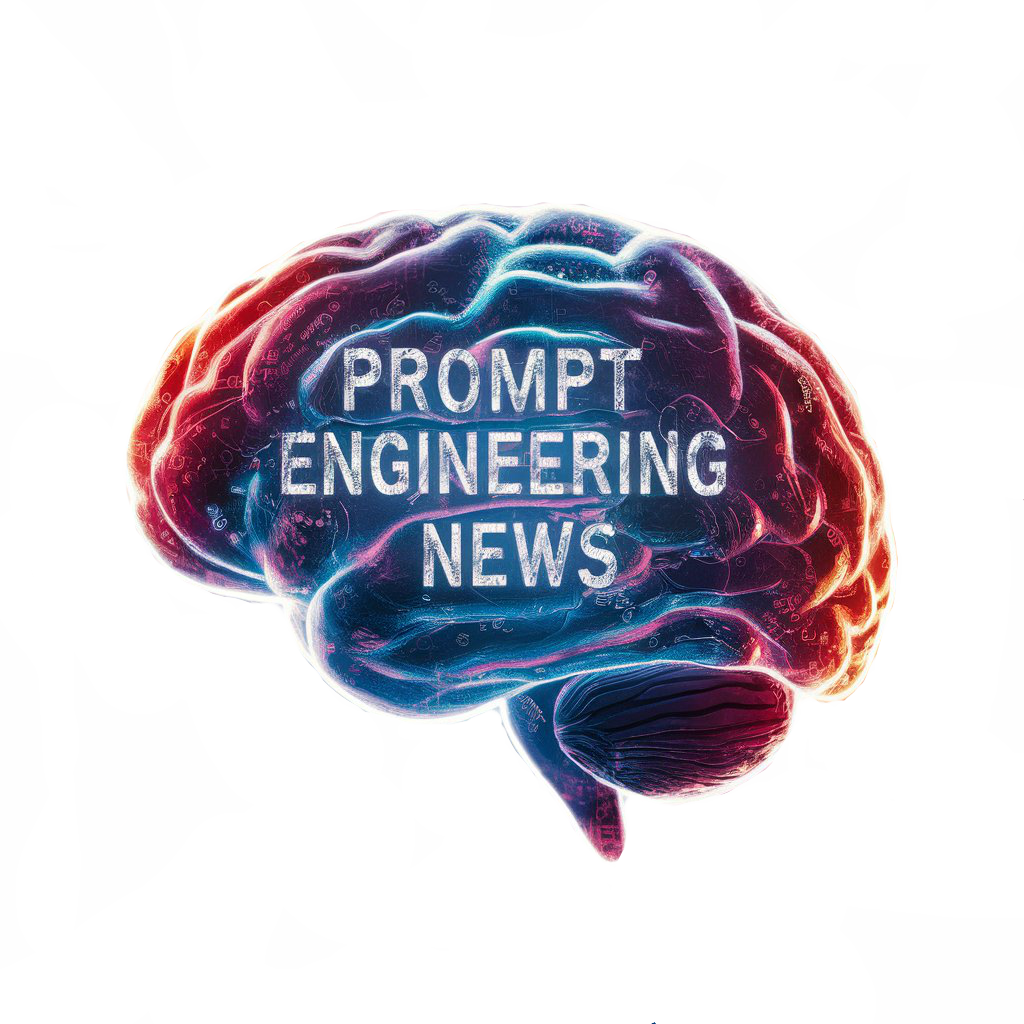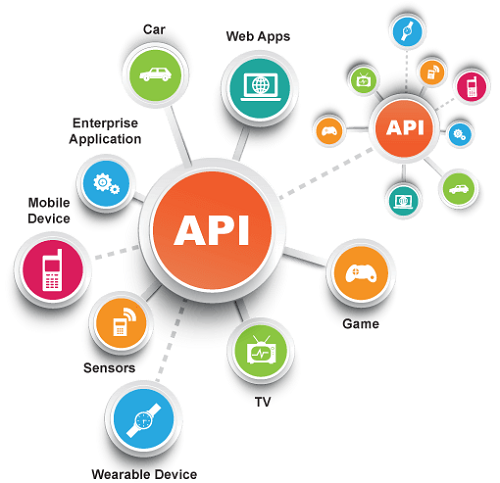Natural Language Processing (NLP) has emerged as a groundbreaking field in artificial intelligence, focusing on the interaction between computers and human language. NLP models are designed to understand, interpret, and generate human language in a way that is meaningful and contextually appropriate. These models have revolutionized various applications, including machine translation, sentiment analysis, chatbots, and more.

NLP models leverage machine learning algorithms, neural networks, and deep learning techniques to process text data and extract valuable insights. They can be categorized based on their architecture and approach, each with its own set of advantages and limitations. Let’s delve into some of the well-known NLP models, along with their pros and cons:
- BERT (Bidirectional Encoder Representations from Transformers):
- Pros: BERT is a transformer-based model that can capture bidirectional contextual information, leading to better understanding of language nuances and dependencies. It has achieved state-of-the-art performance in various NLP tasks.
- Cons: BERT requires significant computational resources and training data, making it computationally expensive. Fine-tuning BERT for specific tasks can also be challenging. Example: Google’s BERT model has been widely used for tasks like sentiment analysis, text classification, and question-answering. Learn more about BERT
- GPT (Generative Pre-trained Transformer):
- Pros: GPT models are autoregressive language models capable of generating human-like text. They excel in tasks like text generation, language modeling, and dialogue systems.
- Cons: GPT models may struggle with capturing long-range dependencies in text sequences. They are more suitable for generating text than understanding context. Example: OpenAI’s GPT-3 has demonstrated impressive performance in language tasks, such as writing essays, generating code, and carrying out conversations. Explore GPT-3
- Transformer-XL:
- Pros: Transformer-XL addresses the issue of long-range dependency in text sequences by introducing a segment recurrence mechanism. It can capture context over longer distances, improving model performance.
- Cons: Transformer-XL may require more memory and computational resources compared to standard transformer models. Example: The Transformer-XL model has been used in tasks like language modeling and text generation to facilitate better understanding of context beyond short sequences. Read about Transformer-XL
NLP models continue to evolve, with researchers constantly exploring new architectures and techniques to enhance language understanding and generation capabilities. Leveraging these models can empower AI systems to communicate effectively, extract insights from text data, and enhance user experiences across various applications. As NLP technologies advance, they promise to drive innovation and reshape the future of human-computer interaction.




